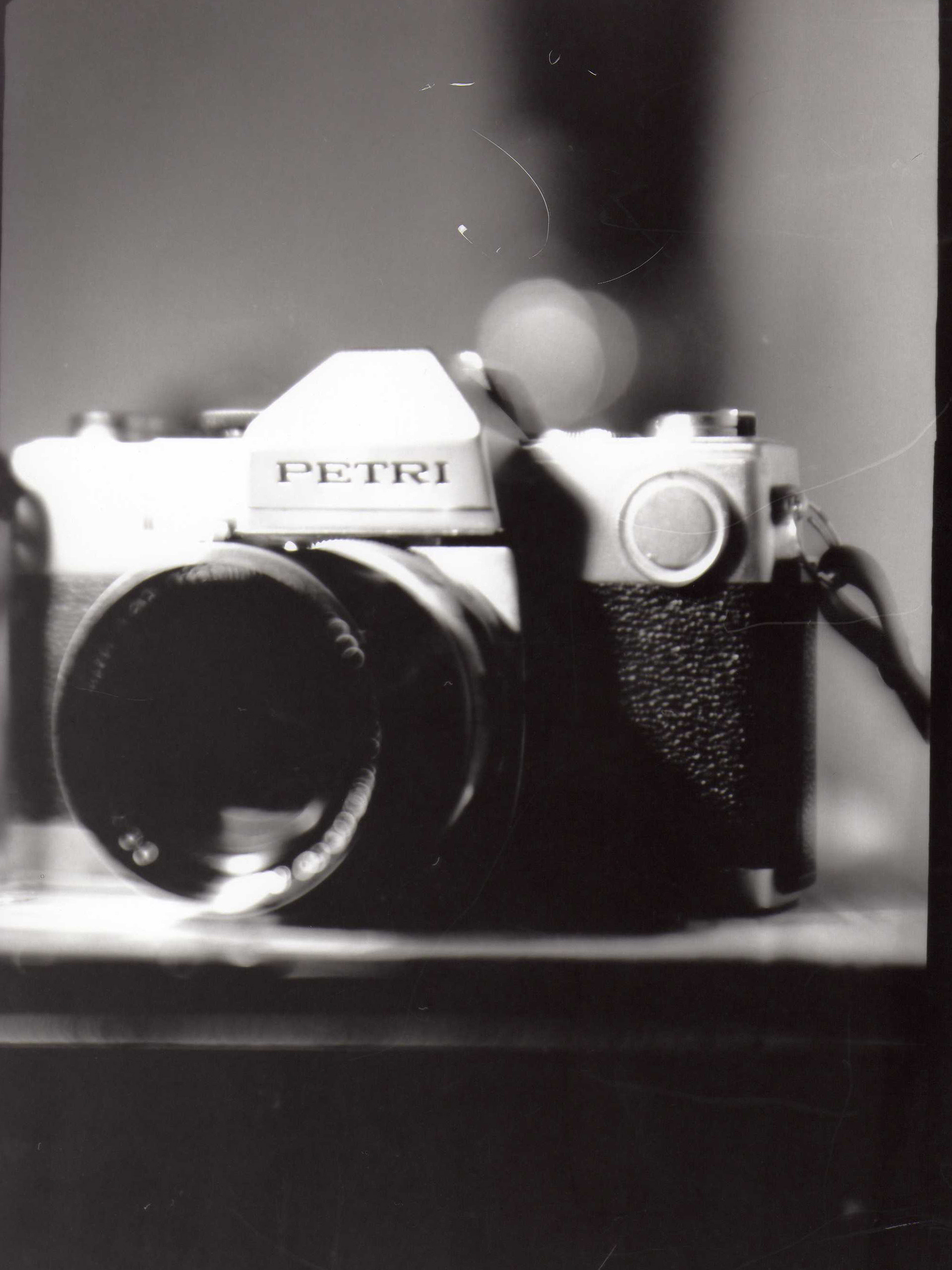How can creative collaboration enhance connectedness and so foster social well-being?
“Man is by nature a social animal”, Aristotle once said (Politics, 1253a3). Applying that to the creative industries, Man is inevitably prone to sharing his self-expression to find the complete fulfillment. Creative industries, in fact, rely on people building up connections that allow easier access to productive resources and help to cooperate in mentally stimulating environments. However, despite the wide range of networking tools, it is still very common to feel lost and unable to connect to one another. Very often prerequisites for high standard skills, financing or physical distance hinder natural connectedness, putting a halt on creative collaboration. As a result, the eagerness to cooperate for the greater good gets overshadowed, impairing its beneficial and gratifying results. This is something I have decided to draw my attention to by investigating, testing and expanding the idea of creative social interactions.
After interviewing students and professionals about their collaborative experiences and having joined different online creative networks and various seminars about networking, I drew the conclusion that it is indeed a broader problem affecting a lot of creative people, especially those introverted personalities like me, who can very often feel like a disconnected single unit in a vast and seemingly dispersive ocean of competitiveness. This has brought me to question how can one facilitate the dynamics of social connections and how can one enhance authentic creative collaboration to restore the sense of spontaneous connectedness.
Studies by Rasool (2011) show that creating opportunities that promote empathic cooperation helps spur feelings of empowerment, entertainment, trust, happiness, then altruism and so a wish to experience more collaboration. Apparently, the more people are engaged in collaborative practices, the more welfare is naturally obtained for society.
Therefore, this project has been based on the thought that the willingness spurred by creative engagement could be the starting point for local collaboration based on social contracts, such as simple capabilities/knowledge exchange.
Studies by Rasool (2011) show that creating opportunities that promote empathic cooperation helps spur feelings of empowerment, entertainment, trust, happiness, then altruism and so a wish to experience more collaboration. Apparently, the more people are engaged in collaborative practices, the more welfare is naturally obtained for society.
Therefore, this project has been based on the thought that the willingness spurred by creative engagement could be the starting point for local collaboration based on social contracts, such as simple capabilities/knowledge exchange.
Originally, the plan was about developing a new online platform of local crowdsourcing that would enable people to get involved in volunteering creative experiences. But, instead of simply creating yet another online hub, I founded an interactive personalized group on Meetup.com called “Creative Connectedness”. My project proposal quickly gathered interest and recorded fifty followers within less than a month.
― my final project display at Central Saint Martins College
To keep up with the ever-growing online demand, I started organising free non-profit events, with the community members as active protagonists, followed by unprompted networking sessions. And, since the core of the idea was a non-commercial resources exchange, I also had the endorsement to have those events hosted without being charged.
I was continuously testing and challenging myself as well, as the host and facilitator, and during these events I have met a number of people who have already offered to cooperate further by helping me to create and develop already existing concepts of creative collaboration.
In the meantime, in order to analyse social connections more closely, I’ve been running mini workshops on a weekly basis, inviting students to join me for an hour of free ‘connecting creativity’ and brainstorming activities.
I was continuously testing and challenging myself as well, as the host and facilitator, and during these events I have met a number of people who have already offered to cooperate further by helping me to create and develop already existing concepts of creative collaboration.
In the meantime, in order to analyse social connections more closely, I’ve been running mini workshops on a weekly basis, inviting students to join me for an hour of free ‘connecting creativity’ and brainstorming activities.
All the outcomes supported the research question positively: such selfless acts of connectedness not only allowed ideas to flow and flourish but it also provided enthusiasm and self-satisfaction — the primary disposition to participate again.
Moreover, some of the participants requested space in the events I was organising, as they found these collaborative opportunities a useful platform for presenting their own workshops and testing their ideas. So, at the very end, I’ve found myself involved as a social entrepreneur of an on-going campaign, being a catalyst of empathy and connectivity for students and creative people.
This has transformed my role in approaching the creative industries, turning me into an active player with a potential direction towards designing social interactions and experiences.
But, above all, it has paved the way for real future developments, such as improving collaborative practices in Universities for example, bringing about professional interest for possible partnerships, as well as evolving and expanding “Creative Connectedness”.
Moreover, some of the participants requested space in the events I was organising, as they found these collaborative opportunities a useful platform for presenting their own workshops and testing their ideas. So, at the very end, I’ve found myself involved as a social entrepreneur of an on-going campaign, being a catalyst of empathy and connectivity for students and creative people.
This has transformed my role in approaching the creative industries, turning me into an active player with a potential direction towards designing social interactions and experiences.
But, above all, it has paved the way for real future developments, such as improving collaborative practices in Universities for example, bringing about professional interest for possible partnerships, as well as evolving and expanding “Creative Connectedness”.









